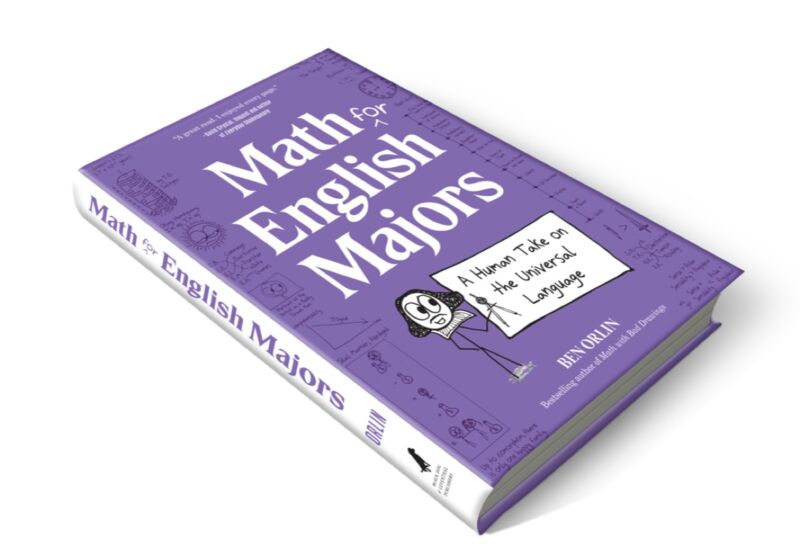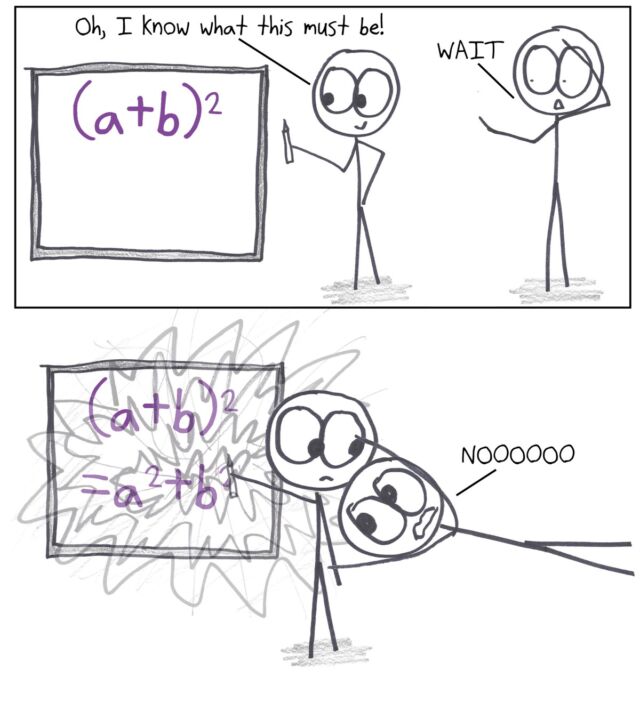https://www.ammoland.com/wp-content/uploads/2024/09/common-ar15-malfunctions-500×375.jpg
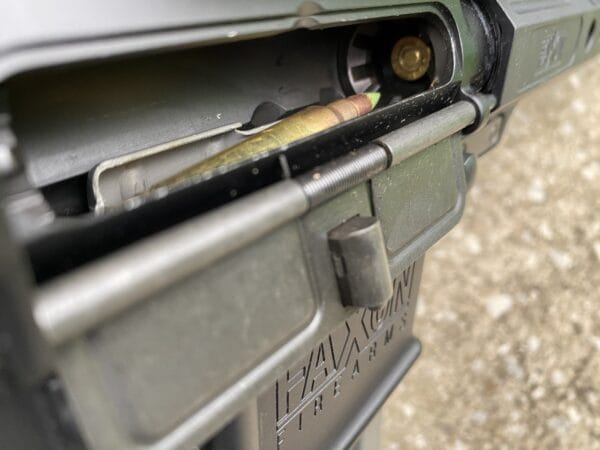
The AR-15 platform, known for its reliability and versatility, is popular among shooters for various applications, from sport shooting to home defense. However, like any mechanical system, it is not immune to malfunctions. Whether at the range or in a critical situation, experiencing a malfunction can be frustrating and, at times, dangerous if not handled properly. Understanding the most common issues and knowing how to quickly and effectively clear them is essential for any AR-15 owner.
In this article, we’ll explore the most common AR-15 malfunctions, such as failure to feed, failure to eject, and double feeds, along with practical tips on addressing each one. These troubleshooting techniques can help ensure your rifle operates smoothly, reducing downtime and keeping you target focused. Always remember to prioritize safety when diagnosing and clearing any firearm malfunction.
Live Inventory Price Checker
|
|
Lead Star Arms Barrage 16" .223/5.56 AR-15 Rifle with 17" Ravage Handguard, Black |
Palmetto State Armory |
$ 1259.99 $ 999.99 |
|
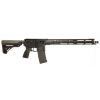
|
Lead Star Arms Barrage 16" .223/5.56 AR-15 Rifle with 17" Ravage Handguard, Black |
Palmetto State Armory |
$ 1259.99 $ 999.99 |
|
|
|
Colt .223 Rem/5.56 AR-15 Rifle – AR15A4 |
Palmetto State Armory |
$ 1374.99 $ 1019.99 |
|
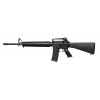
|
Colt .223 Rem/5.56 AR-15 Rifle – AR15A4 |
Palmetto State Armory |
$ 1374.99 $ 1019.99 |
|

Safety First
Before diving into specific malfunctions, it’s important to emphasize the need for safety. If your AR-15 doesn’t fire as expected, remove your finger from the trigger and ensure the firearm is pointed in a safe direction. Avoid attempting to force the weapon to function. Instead, take a moment to assess the situation calmly. With experience, diagnosing and clearing malfunctions will become second nature, but taking it slow and steady is the safest approach for now.
Before we get into the list of the most common malfunctions, check out the following video by Pat McNamara on handling the most common rifle malfunctions. He breaks it down into an easy-to-understand format that everyone can understand.
Failure to Feed (FTF)
Failure to Feed (FTF) is one of the most common malfunctions encountered by AR-15 users. It occurs when a round from the magazine fails to load into the chamber. This malfunction can happen unexpectedly, whether it’s the first shot of the day or midway through a magazine. The good news is that most failure-to-feed issues are straightforward to diagnose and resolve.
Quick Fix:
Tap, Rack, Reassess: Tap the magazine to ensure it’s seated, rack the charging handle to chamber a round, and reassess the rifle’s readiness to fire. If the problem persists, switch out the magazine and check for worn-out springs or bent feed lips.
Preventative Tip: Regularly inspect your magazines. For reliable performance, consider using trusted options like Magpul Gen 3 PMAGs or D&H metal magazines. Why these? The D&H mags don’t just stand up to the challenge; they’re built for it, with anti-tilt followers and a gray Teflon finish that withstands temperature changes and environmental challenges like a champ.
Live Inventory Price Checker

|
Magpul PMAG GEN 2 MOE AR-15 .223/5.56 30 Round Magazine (50 Pack Case) |
The Mag Shack |
$ 649.99 $ 449.99 |
|
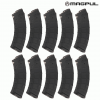
|
Magpul PMAG GEN M3 AK/AKM 7.62×39 30 Round Magazine (10 Pack) |
The Mag Shack |
$ 229.99 |
|
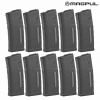
|
Magpul PMAG GEN M3 AR-10 .308/7.62×51 25 Round Window Magazine (10 Pack) |
The Mag Shack |
$ 199.99 |
|
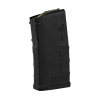
|
Magpul PMAG GEN M3 AR-10 .308/7.62×51 20 Round Magazine (10 Pack) – Black |
The Mag Shack |
$ 229.99 $ 189.99 |
|
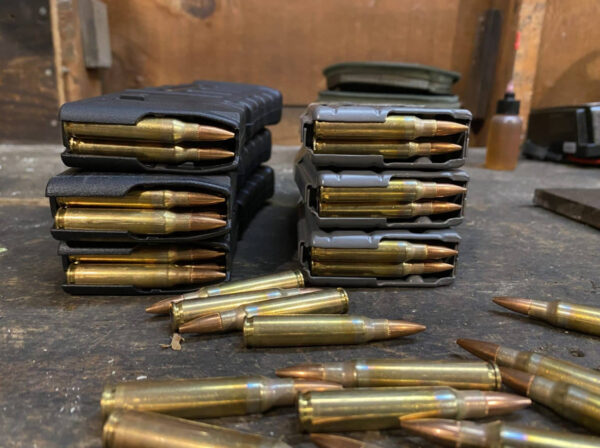
As a Marine infantryman, I’ve carried the M16/M4 across the globe and fired thousands of rounds through them. This experience hasn’t just made me a better shooter; it’s shown me firsthand how often gear can fail, especially magazines. Most malfunctions? They came down to issues with the mags—worn out from use, bent feed lips, damaged followers, or springs that just couldn’t cut it anymore. The fix was usually simple: swap out the faulty magazine. More often than not, that was all it took to get back in action.
Failure to Eject/Extract (FTE)
Failure to Eject (FTE), also known as a “stovepipe” malfunction, occurs when the empty cartridge case of a fired round fails to exit the chamber and gets stuck, usually protruding from the ejection port. Similarly, a Failure to Extract happens when the bolt successfully extracts the spent casing from the chamber but fails to eject it completely, leaving it trapped in the rifle. Both types of malfunctions prevent the next round from being chambered.
Quick Fix:
Immediate Action: Lock the bolt to the rear, drop the magazine, and tilt the rifle to shake out the casing. If stuck, use a cleaning rod to push it out from the muzzle.
Preventative Tip: Regularly clean your bolt carrier group and chamber to prevent carbon buildup. Ensure the extractor and ejector springs are in good condition.
Failure to Fire (FTF)
Failure to Fire (FTF) occurs when the shooter pulls the trigger, but instead of the expected “bang,” there is only a disappointing “click.” This malfunction can be caused by various factors, ranging from ammunition issues to mechanical problems within the rifle. This includes rounds with improperly seated bullets, damaged casings, or bad primers.
Understanding the root causes of FTF and how to address them can save time and prevent unnecessary frustration at the range or in a critical situation.
Quick Fix:
Eject the round and check the primer for a light or absent strike.
Reload and chamber a new round. If the rifle still doesn’t fire, inspect the bolt and firing pin for damage or dirt buildup.
Preventative Tip: Use quality ammunition and keep your rifle clean and lubricated to ensure reliable firing.
Over-Gassed and Under-Gassed Rifles
Whether your AR-15 is over- or under-gassed, gas system issues can lead to a range of malfunctions that affect your rifle’s reliability and performance. Understanding the symptoms and causes of each condition is crucial for diagnosing and resolving related malfunctions effectively.
Over-gassed symptoms: Harsh recoil and failure to eject properly.
Under-gassed symptoms: Failure to lock the bolt back or weak ejection.
Quick Fixes:
Over-Gassed: Install an adjustable gas block or use heavier buffers and springs to slow down the cycling.
Under-Gassed: Check gas block alignment and use higher-quality ammunition. You may also need to switch to a lighter buffer and spring.
Preventative Tip: Keep your gas system clean and consider using an adjustable gas block to fine-tune the system for your ammo and shooting conditions.
Double Feeds
A double feed occurs when two rounds attempt to enter the chamber simultaneously, causing a jam. This usually happens when a live round is stuck behind a previously fired round or its empty casing. Faulty magazines, weak springs, or extractor and ejector failures can cause double feeds.
Quick Fix:
Drop the magazine, lock the bolt to the rear, and use your fingers or a tool to remove the obstructing rounds. After clearing the jam, insert a fresh magazine and cycle the bolt.
Preventative Tip: Ensure your magazine springs are strong and avoid overloading your magazines to reduce tension-related failures.
Bolt Override
A bolt override is a rare but serious malfunction where a live round or spent casing gets stuck above the bolt and below the charging handle. This type of jam can be particularly challenging to clear.
Quick Fix:
Drop the magazine, pull the charging handle back, and lock the bolt to the rear. While keeping pressure on the charging handle, strike the butt of the rifle on a hard surface to dislodge the obstruction.
Preventative Tip: Ensure your ejector and extractor are functioning properly and keep your rifle clean to avoid buildup that could lead to a bolt override.
Stovepipe Malfunction
A stovepipe malfunction, named for how the spent casing sticks vertically out of the ejection port like a stovepipe, occurs when the empty casing fails to fully clear the rifle during ejection. This can disrupt the cycle of operations and prevent the next round from being chambered. Although stovepipes are relatively easy to fix, repeated occurrences can indicate underlying issues that need to be addressed.
Quick Fix:
To eject the casing, perform the “tap, rack, reassess” drill. If it’s still stuck, manually lock the bolt to the rear and clear the obstruction.
Preventative Tip: Keep your rifle clean, especially the bolt carrier group, and ensure your ejector functions correctly. If this happens frequently, consider upgrading your ejector spring.
Conclusion
Experiencing these AR-15 malfunctions can be frustrating, but understanding the most common issues and how to address them will help you become a more proficient and confident shooter. Regular maintenance, proper cleaning, and using quality components are key to minimizing these malfunctions.
From failure to feed to stovepipe malfunctions, each issue has specific causes and solutions. By familiarizing yourself with these troubleshooting techniques, you can quickly diagnose and clear malfunctions, ensuring your rifle remains functional.
About Scott Witner
Scott Witner is a former Marine Corps Infantryman with 2ndBn/8th Marines. He completed training in desert warfare at the Marine Air Ground Combat Center, Mountain Warfare and survival at the Mountain Warfare Training Center, the South Korean Mountain Warfare School in Pohang, and the Jungle Warfare school in the jungles of Okinawa, Japan. He now enjoys recreational shooting, trail running, hiking, functional fitness, and working on his truck. Scott resides in Northeastern Ohio.

AmmoLand Shooting Sports News
















 When it comes to MySQL databases, performance is everything. As more activities move online and data volumes grow exponentially, ensuring efficient data retrieval and query execution becomes crucial. Database indexing plays a significant role in this by providing powerful tools to optimize operations in MySQL. Without an index, MySQL must perform a full table scan, […]Percona Database Performance Blog
When it comes to MySQL databases, performance is everything. As more activities move online and data volumes grow exponentially, ensuring efficient data retrieval and query execution becomes crucial. Database indexing plays a significant role in this by providing powerful tools to optimize operations in MySQL. Without an index, MySQL must perform a full table scan, […]Percona Database Performance Blog